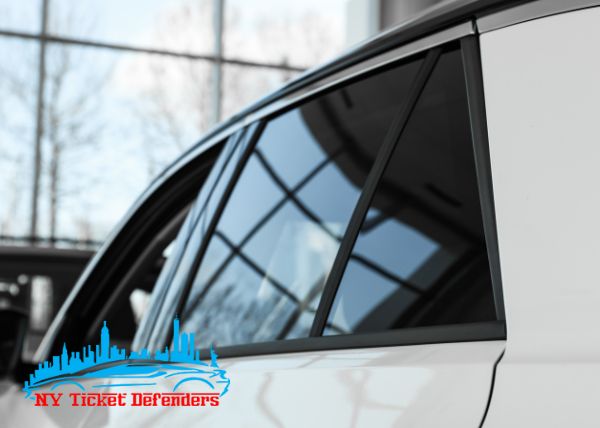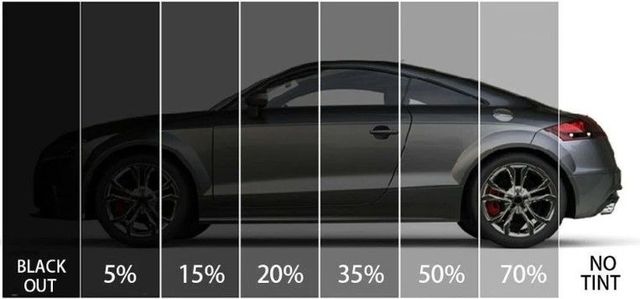Window Tinting Regulations and Standards: What You Required to Know Before Tinting Your Vehicle
Before continuing with home window tinting for your vehicle, it is necessary to familiarize on your own with the diverse laws and guidelines that govern this practice across different states. These laws dictate the allowable degrees of tint darkness, typically gauged by noticeable light transmission (VLT) percents, and consist of details stipulations for front windscreens intended at guaranteeing roadway safety and security.
Review of Home Window Tinting Laws
Window tinting laws are often based on variant throughout various territories, reflecting neighborhood laws and security considerations. These legislations determine the permissible levels of tint darkness and reflectiveness on lorry home windows, guaranteeing that vehicle drivers maintain adequate presence while also safeguarding against unsafe UV rays and warmth.
The majority of guidelines classify window tinting based on the Visible Light Transmission (VLT) percentage, which suggests the amount of light that can go through the home window. Normally, reduced VLT portions symbolize darker colors. Legislations typically differentiate in between the front, side, and back windows, with stricter limitations put on the front windscreen to improve security for both the driver and other road users.
Compliance with home window tinting policies is essential, as offenses can result in penalties, required elimination of the tint, and possible boosts in insurance coverage premiums. It is essential for automobile owners to acquaint themselves with regional laws prior to continuing with window tinting installments.
State-by-State Color Rules
Understanding the details window tinting guidelines in each state is crucial for car owners seeking to follow the regulation. Each state in the united state has developed its own set of guidelines controling home window tinting, which can differ dramatically. These guidelines frequently determine the permitted degrees of tint darkness, the kinds of home windows that can be tinted, and any medical exemptions that might apply.
For example, states like California have rigid limitations on color darkness for front home windows, while others, such as New Mexico, may allow darker tints. Additionally, particular states mandate certain presence portions for various windows, including the windscreen, front side home windows, and back home windows. It is vital for cars and truck owners to familiarize themselves with their state's regulations to stay clear of possible penalties or charges.
Moreover, some states might need a qualification sticker to be placed on tinted windows, suggesting conformity with state regulations. Failure to stick to these regulations not just risks lawful consequences yet can likewise impact security and exposure while driving. Consequently, automobile proprietors must conduct comprehensive study or speak with regional authorities to make certain complete understanding and conformity with state-by-state tint regulations.
Allowed Tint Levels and Types
Many car owners may be stunned to discover that permitted tint levels and types vary commonly across various states. Each state has actually developed its own policies regarding the acceptable darkness and reflectivity of home window tint, commonly gauged by Visible Light Transmission (VLT) percents. VLT describes the amount of light that can travel through the tinted home windows; thus, a lower percentage shows a darker tint.

Moreover, the kinds of color products permitted can vary, with some states restricting mirror-like or metallic coatings. It is essential for vehicle proprietors to acquaint themselves with their state's particular laws to make sure compliance. Non-compliance can result in penalties, mandatory elimination of the color, or various other legal consequences, making it necessary to comprehend these guidelines prior to waging setup.
Medical Exemptions for Tinting
While not all states offer allowances for medical exceptions pertaining to window tinting, those that do identify the need for certain people to boost exposure and convenience due to medical problems. Different medical conditions, such as lupus, skin cancer cells, and certain eye disorders, can render individuals specifically conscious sunshine. As a result, these people might require darker tints to shield themselves from dangerous UV rays and glow.

It is very important to note that despite having a medical exception, there may still be restrictions on the level of tint enabled. Conformity with state laws ensures that people are both safeguarded and within legal limits. Those considering medical exceptions must contact their local Division of Electric motor Autos or comparable authority to understand the procedures and needs required to request an exemption properly.
Charges for Non-Compliance
Failing to follow home window tinting regulations can cause substantial charges, which differ by state. Police are encouraged to issue citations for lorries that do not stick to the specified tinting laws. These penalties generally consist of penalties, which can range from modest amounts to several hundred dollars, depending upon my latest blog post the seriousness of the violation and the state in concern.
In some jurisdictions, repeated offenses might cause escalating penalties or extra penalties, such as mandatory court appearances. Non-compliance might demand the elimination of unlawful tinting, frequently at the owner's cost. In severe cases, habitual wrongdoers might encounter suspension of their vehicle registration up until conformity is achieved.
Furthermore, insurance ramifications might develop from obtaining several citations for window tint violations. Insurance firms may watch such violations as an indication of riskier behavior, possibly causing boosted costs or difficulty in protection.
To stay clear of these fines, it is essential for vehicle owners to familiarize themselves with their neighborhood window tinting legislations and make sure that their automobile complies (Window Tinting). This positive technique not only stays clear of legal original site implications but additionally promotes roadway security
Conclusion

Most guidelines classify window tinting based on the Visible Light Transmission (VLT) portion, which shows the amount of light that can pass via the home window. Conformity with home window tinting policies is essential, as infractions can result in fines, required elimination of the tint, and possible increases in insurance policy premiums.Recognizing the details home window tinting regulations in each state is vital for vehicle owners seeking to abide with the regulation. These guidelines commonly determine the permitted degrees of color darkness, the types of windows that can be tinted, and any kind of clinical exceptions that may apply.
For instance, states like California have rigorous limitations on color darkness for front windows, while others, such as New Mexico, may allow darker tints.